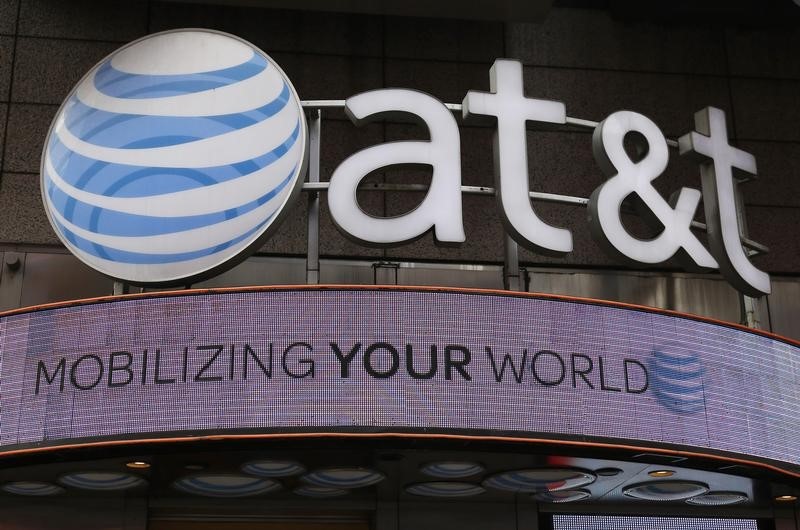By Laura Matthews
NEW YORK (Reuters) -After closing the books on a banner year for U.S. stocks, investors expect to ride seasonal momentum into mid-January when a slew of economic data and a transition of power in Washington could send markets moving.
The rose roughly 25% in 2024 through Dec. 27, while the technology-heavy Nasdaq Composite index (), which surpassed 20,000 for the first time in December, is up over 31%.
On Friday, however, stocks sold off amid some profit taking and questions about how markets could perform in January, according to analysts and traders.
“There are concerns that maybe the first part of (next) year can involve some repositioning and reallocation of funds and those that are trading today and next week are probably just trying to get a little bit ahead of that,” said Robert Pavlik, senior portfolio manager at Dakota Wealth.
Stocks tend to do well in the last five trading days of December and into the first two days of January, a phenomenon dubbed the Santa Claus rally, which has driven S&P gains of an average of 1.3% since 1969, according to the Stock Trader’s Almanac.
Despite the Friday selloff, for the last five trading sessions, the S&P rose 1.77%, while the Nasdaq was up 1.8%.
Just how long upward momentum lasts will depend on several forces that could help drive markets in 2025.
Monthly U.S. employment data on Jan. 10 should give investors a fresh view into the health and strength of the U.S. economy. Job growth rebounded in November following hurricane- and strike-related setbacks earlier in the year.
The market’s strength will be tested again shortly after, when U.S. companies start reporting fourth-quarter earnings.
Investors anticipate a 10.33% earnings per share growth in 2025, versus a 12.47% expected rise in 2024, according to LSEG data, although excitement over President-elect Donald Trump’s policies is expected to boost the outlook for some sectors like banks, energy and crypto.
“There’s the hope that taxes and regulations will be lowered or reduced next year, that will help support corporate profits, which are what drive the market in the first place,” said Michael Rosen, chief investment officer at Angeles Investments.
Trump’s inauguration on Jan. 20 could also throw the markets some curve balls. He is expected to release at least 25 executive orders in his first day on a range of issues from immigration to energy and crypto policy.
Trump has also threatened tariffs on goods from China and levies on products from both Mexico and Canada, as well as to crack down on immigration, creating costs that companies could ultimately pass on to consumers.
Helen Given, associate director of trading at Monex USA, said a new administration always brings with it a large degree of uncertainty. There is also a good chance the impact of the Trump administration’s expected trade policies is far from fully priced into global currency markets, she added.
“We’re looking ahead to see which of those proposed policies actually are enacted, which might be further down the pipeline,” Given said, adding she expected a big impact on the euro, Mexican peso, the Canadian dollar, and the .
The conclusion of the Federal Reserve’s first monetary policy meeting of the year in late January could also present a challenge to the U.S. stocks rally.
Stocks tumbled on Dec. 18 when the Fed implemented its third interest-rate cut for the year and signaled fewer cuts in 2025 because of an uncertain inflation outlook, disappointing investors who had expected lower rates to boost corporate profits and valuations.
Still, that could be good for alternative assets like cryptocurrencies. The incoming crypto-friendly Trump administration is adding to a number of catalysts that are boosting crypto investors’ confidence, said Damon Polistina, head of research at investment platform Eaglebrook Advisors.
surged above $107,000 this month on hopes of friendlier Trump policies.
Read the full article here















